제품소개
KANTO CHEMICAL
Cell culture insert
ad-MED Vitrigel™ series
ad-MED Vitrigel™ series
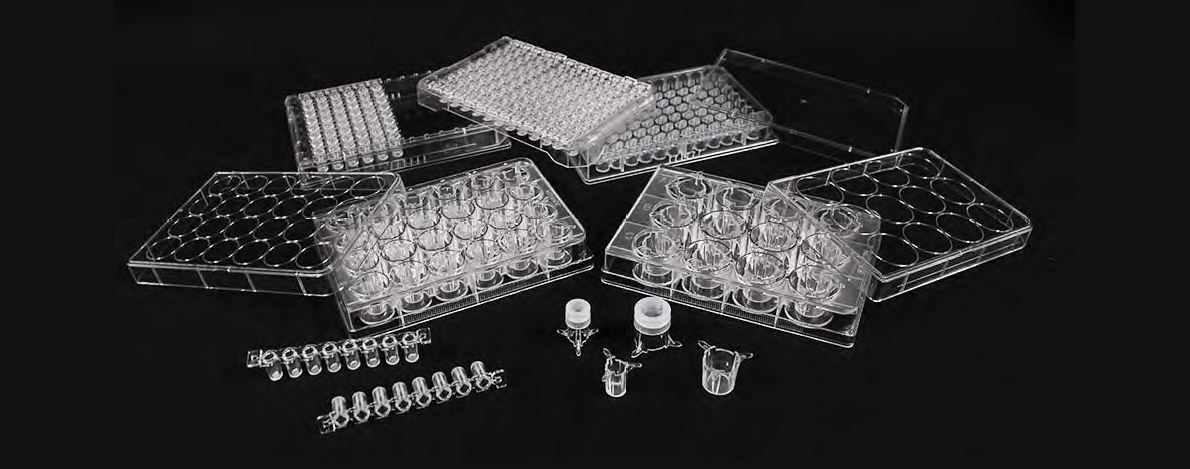
ad-MED Vitrigel™ 2 is a cell culture insert using collagen vitrigel membrane that is composed of only bovine collagen. ad-MED Vitrigel™ 2 is suitable for various applicationssuch as permeability assay, construction of tissue model, and co-culture of different type of cells.
Collagen vitrigel
Collagen solution forms a gel depending on pH, temperature, and ionic strength conditions. When the moisture of the collagen gel is removed, the collagen fiber density increases and the collagen gel turns into a film. Because this dehydration process is called “vitrification”, the film produced by this method is called “Vitrigel”.
 Vitrigel is a registered trademark of National Agriculture and Food Research Organization (NARO).
This product is supported by Agri-Health Translational Research Project from the Ministry of Agriculture,
Foresty and Fisheries of Japan.
Vitrigel is a registered trademark of National Agriculture and Food Research Organization (NARO).
This product is supported by Agri-Health Translational Research Project from the Ministry of Agriculture,
Foresty and Fisheries of Japan.
Vitrigel™ membrane
1.Membrane structure
The PET membrane commonly used for a cell culture insert has a pore structure. On the other hand, collagen vitrigel membrane is composed of high density collagen fibers which have a collagen-specific stripe structure.1.Membrane structure The PET membrane commonly used for a cell culture insert has a pore structure. On the other hand, collagen vitrigel membrane is composed of high density collagen fibers which have a collagen-specific stripe structure.

2.Transparency
These images indicate transparency of each membranes. Each cell culture inserts were placed on the black cloth after rehydration with PBS. Transparency of collagen vitrigel membrane is higher than that of PET or PTFE membrane.

3.Low fluorecent membrane
Collagen vitrigel™ membrane is low fluorescent membrane. It makes high-contrast fluorescent observation.

ad-MED Vitrigel™
4.Permeability
These are results of permeability test of collagen vitrigel membrane and PET (1.0 or 0.4 μm) membrane. FITC-dextran (MW:4,000 or 10,000 or 40,000) was used as a permeable substance.These results suggested that the permeability of collagen vitrigel membrane was higher than that of PET (0.4 μm)

5.Designs for easier handling
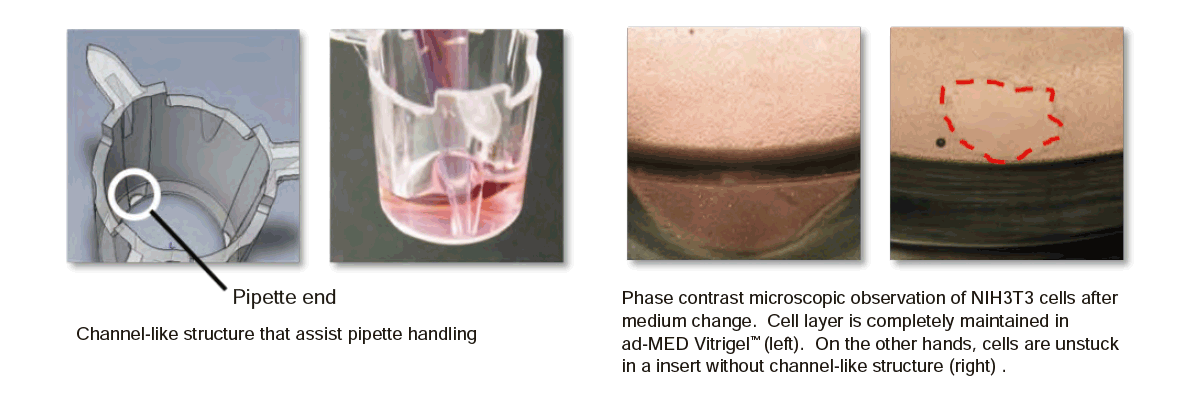
6.Constructing co-culture system
ad-MED Vitrigel™ 2 allows for co-culturing different cell types on both inner and outer side of collagen Vitrigel™ membrane by using option ring.
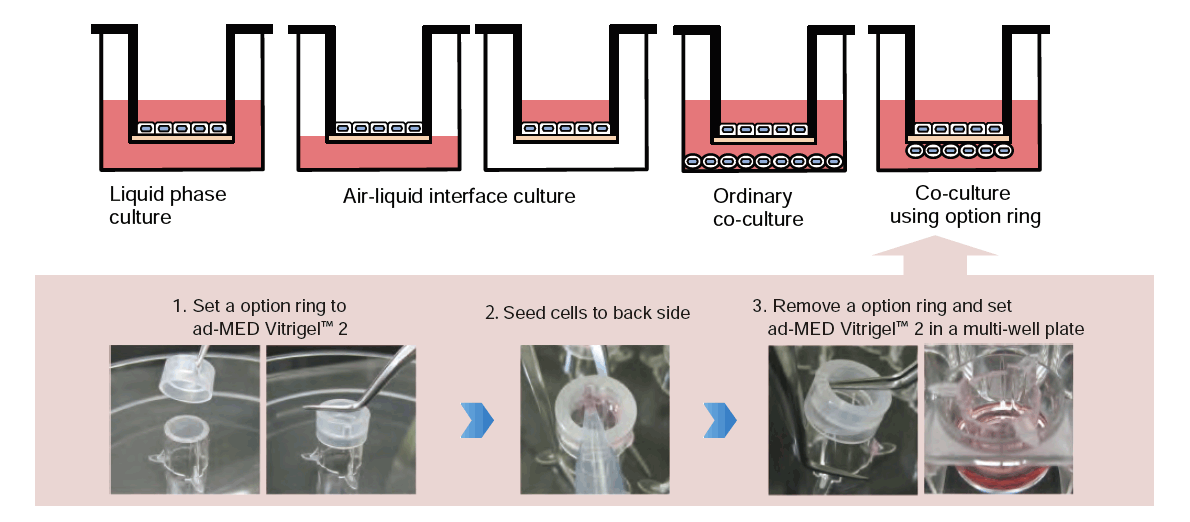
Vitrigel™ membrane
We have the technology to process Vitrigel™ membrane into various form.
If you nedd more infromation about Vitrigel™ membrane, please contact us.
 ※ This product is research use only.
※ This product is research use only.Do not use for medical or diagnostic purposes.
References
Novel microvascular endothelial model utilizing a collagen vitrigel membrane and its advantages for predicting histamine-induced microvascular hyperpermeability
Uzu M, Takezawa T
Journal of Pharmacological and Toxicological Methods
Three-dimensional co-culture of blood-brain barrier-composing cells in a culture insert with a collagen vitrigel membrane.
Ai Shima, Shogo Nagata, Shoji Takeuchi
In Vitro Cellular & Developmental Biology - Animal. 2020
A live imaging-friendly slice culture method using collagen membranes.
Ari Ogaki, Tasuku Araki, Masaya Ishikawa, Yuji Ikegaya, Ryuta Koyama
Neuropsychopharmacology Reports. 2020;40:307-313.
Adipose-derived stromal/stem cells improve epidermal homeostasis.
Moriyama M, Sahara S, Zaiki K, Ueno A, Nakaoji K, Hamada K, Ozawa T, Tsuruta D, Hayakawa T, Moriyama H. Scientific Reports. 2019;9(1):18371.
Collagen vitrigel promotes hepatocytic differentiation of induced pluripotent stem cells into functional hepatocyte-like cells.
Nakai S, Shibata I, Shitamichi T, Yamaguchi H, Takagi N, Inoue T, Nakagawa T, Kiyokawa J, Wakabayashi S, Miyoshi T, Higashi E, Ishida S, Shiraki N, Kume S
Biology Open. 2019;8(7).
Prediction of Human Hepatic Clearance for Cytochrome P450 Substrates via a New Culture Method Using the Collagen Vitrigel Membrane Chamber and Fresh Hepatocytes Isolated from Liver Humanized Mice.
Watari R, Kakiki M, Yamasaki C, Ishida Y, Tateno C, Kuroda Y, Ishida S, Kusano K.
Biological and Pharmaceutical Bulletin. 2019;42(3):348-353.
Fabrication of a Corneal Model Composed of Corneal Epithelial and Endothelial Cells via a Collagen Vitrigel Membrane Functioned as an Acellular Stroma and Its Application to the Corneal Permeability Test of Chemicals.
Yamaguchi H, Takezawa T.
Drug Metabolism and Disposition. 2018;46(11):1684-1691.
A long-term culture system based on a collagen vitrigel membrane chamber that supports liver-specific functions of hepatocytes isolated from mice with humanized livers.
Watari R, Kakiki M, Oshikata A, Takezawa T, Yamasaki C, Ishida Y, Tateno C, Kuroda Y, Ishida S, Kusano K. The Journal of Toxicological Sciences. 2018;43(8):521-529.
Transepithelial Electrical Resistance (TEER) Measuring System
This product can measure TEER of cells cultured onf ad-MED Vitrigel™ series. You can use to evaluate cell barrier function.
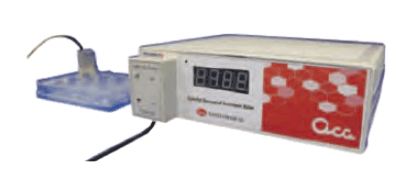
Features
1.Stable measurement
We developed special electrode corresponding to ad-MED Vitrigel™ series. You can measure small changes in TEER accurately because electrode is fixed in insert firmly.
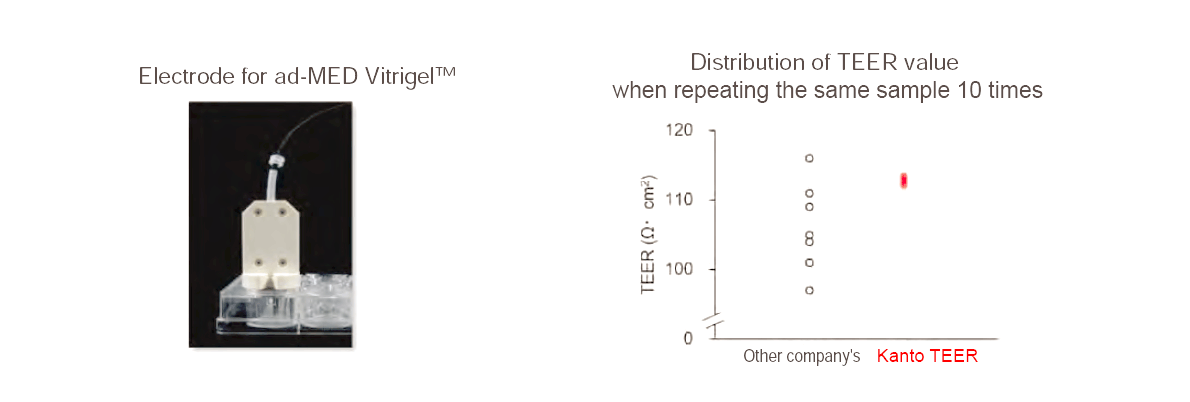
2.Supports data storage and analysis by PC
You can save and view data to the personal computer by the attached data transfer software. In addition, it is also possible to process and analyze with spreadsheet software etc.

3.Accessible inner of insert while measuring TEER
Samples can be added into the insert while measuring the TEER value. You can monitor the influence of samples on cells in real time.

Vitrigel™-Eye Irritancy Test (Vitrigel™-EIT) method
Eye irritation testing is a test method to evaluate the severity of the damage caused by chemical exposure to the eye. So far, eye irritancy of chemical substances has been evaluated by the Draize test using rabbits, various test methods using cultured cells instead of animals (alternative methods for animal experiments) have been developed.
Features
Vitrigel™-EIT method is an eye irritation test method using a human corneal epithelium model cultured on ad-MED Vitrigel™. This test method can detect the irritancy of a test substance in a short time with a simple operation, using as an index the destruction of the epithelial barrier function by exposure of the test substance to a human corneal epithelium model.
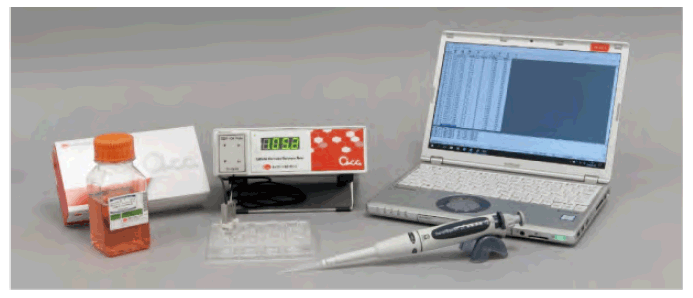
Methods
A corneal epithelial model with a structure similar to human corneal epithelium and an epithelial barrier function is constructed by culturing cells derived from human corneal epithelium on ad-MED Vitrigel™.
1. Reconstruction of human corneal epithelium model
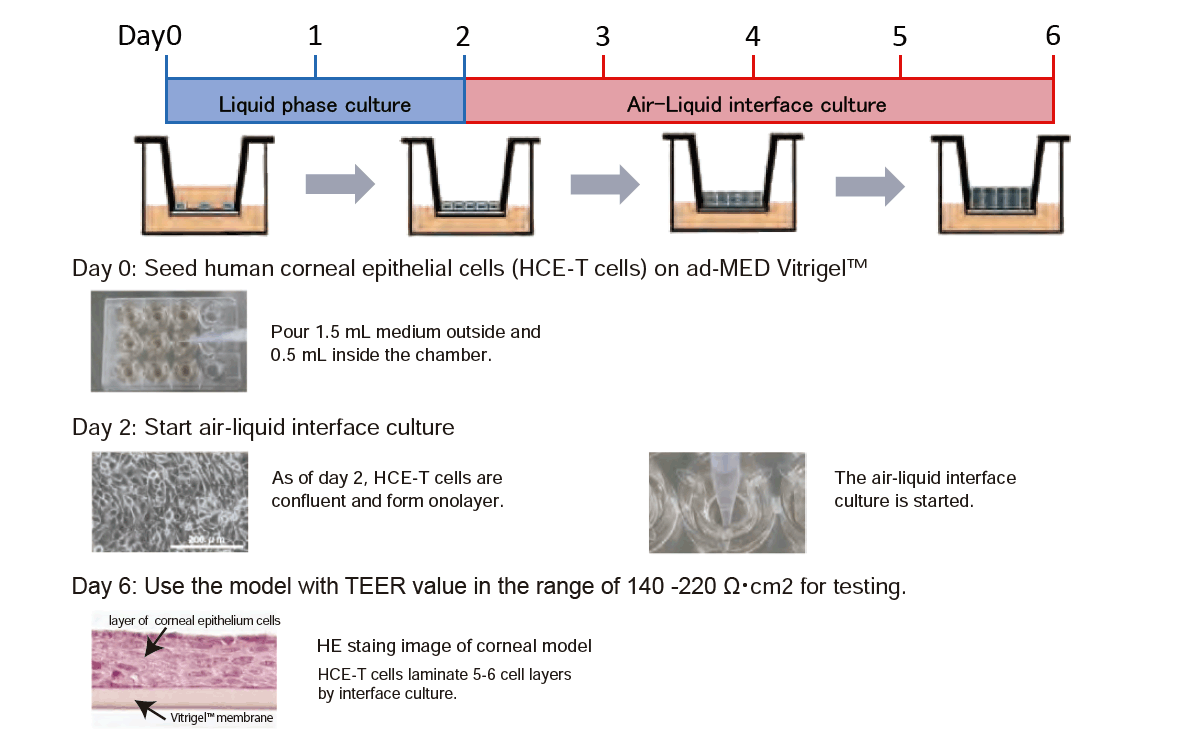
Vitrigel™-Eye Irritancy Test (Vitrigel™-EIT) method
Transepithelial electrical resistance (TEER) is an index to easily evaluate the epithelial barrier function. Tissues with healthy barriers show high TEER values, whereas barrier function impairments show lower TEER values.With the Vitrigel™-EIT method, a chemical substance is exposured on a corneal epithelium model and the change in TEER value is measured with a dedicated device, so that it is possible to determine whether a chemical substance has eye irritation in only 3 minutes.
2. Exposure of test substance to cornea model, measure TEER for 3 minutes

3.The score of three indexes was calculated and the eye irritant potentialof
test chemicals was classified into two categories
[ References ]
1.Yamaguchi H, Kojima H, Takezawa T. Predictive performance of the Vitrigel-eye irritancy test method using 118 chemicals.Journal of Applied Toxicology. 2016;36:1025-1037
2.Yamaguchi H, Kojima H, Takezawa T. Vitrigel-eye irritancy test method using HCE-T cells.
Toxicological Sciences. 2013;135:347-355
OECD Test Guideline
This test method which is used to determine the eye irritation potential of chemicals without using animals is listed/published in the unified test method (OECD Test Guideline) defined by the Organization for Economic Co-operation and Development (OECD), which is an international official method.
【 References information 】
OECD (2019), TG 494: Vitrigel-Eye Irritancy Test Method for Identifying Chemicals Not Requiring Classification and Labelling for Eye Irritation or Serious Eye Damage, OECD Guidelines for the Testing of Chemicals, Section 4, OECD Publishing, Paris, https://doi.org/10.1787/9f20068a-en.
Vitrigel™-EIT method is supported by Agri-Health Translational Research Project from the Ministry of Agriculture, Foresty and Fisheries of Japan.
Product information

